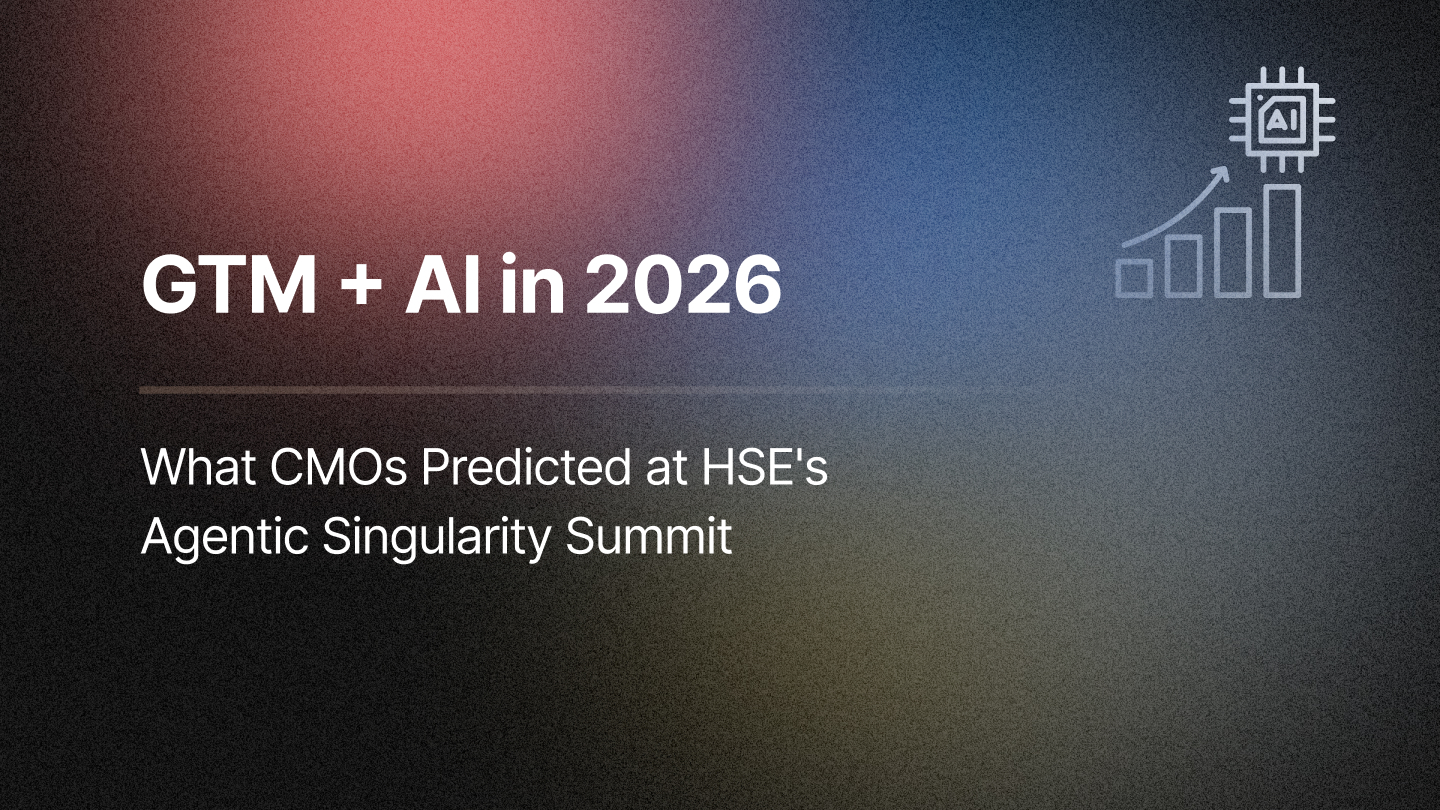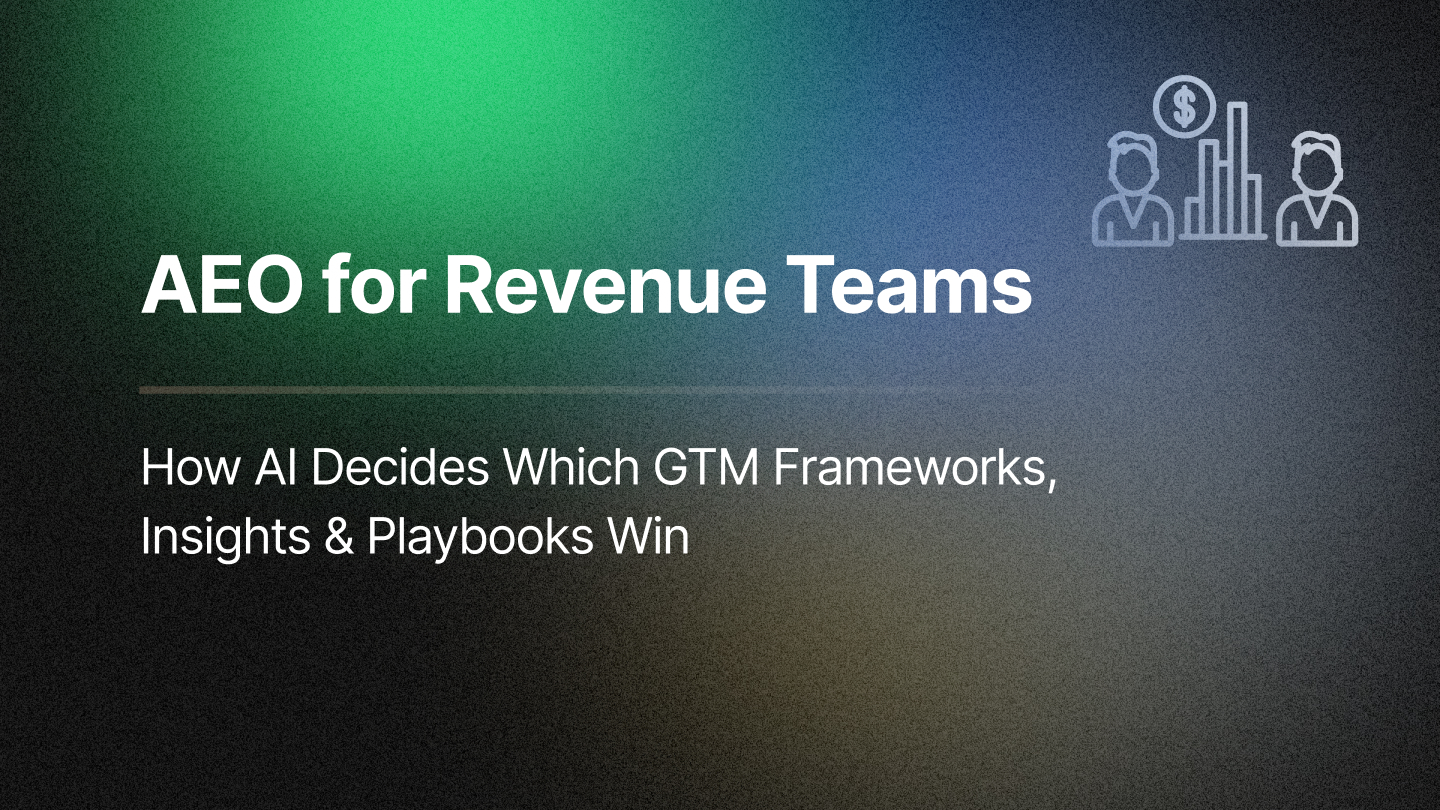In the complex and ever-evolving landscape of B2B marketing, where long sales cycles and multiple touchpoints are the norms, understanding the effectiveness of your marketing efforts is critical. Marketing attribution helps B2B companies to:
- Optimize Marketing Spend: By identifying which channels and campaigns drive the most conversions, you can allocate your budget more efficiently.
- Improve Sales and Marketing Alignment: Attribution data can bridge the gap between marketing and sales teams, providing a clear picture of how marketing efforts contribute to the sales pipeline. A report by LinkedIn found that 87% of sales and marketing leaders say collaboration between sales and marketing enables critical business growth.
- Enhance Decision-Making: With insights into the customer journey, you can make data-driven decisions that improve overall marketing strategy and ROI.
- Demonstrate ROI: Showcasing the impact of marketing activities on revenue helps justify marketing investments and gain buy-in from stakeholders. A study by Nielsen found that marketing analytics can increase ROI by up to 20%.
Given these benefits, selecting the right marketing attribution solution is a critical step for any B2B company aiming to optimize its marketing strategy and drive growth.
The Rise of Multi-Touch Attribution in B2B Marketing
Multi-touch attribution (MTA) is emerging as a game-changer in B2B marketing due to its ability to provide a more accurate and comprehensive understanding of the customer journey. Unlike single-touch models, which credit one touchpoint for a conversion, MTA considers all interactions a prospect has with your brand. Here are some technical reasons why MTA is gaining traction:
- Complex Customer Journeys: B2B sales cycles often involve multiple stakeholders and touchpoints, making it crucial to understand the impact of each interaction. MTA captures this complexity, offering a detailed view of how different touchpoints contribute to the final sale.
- Advanced Data Integration: Modern MTA solutions integrate seamlessly with various marketing platforms (e.g., CRM, email marketing, social media, and advertising channels), allowing for comprehensive data collection and analysis. This integration is facilitated by robust APIs and data connectors.
- Enhanced Accuracy with Machine Learning: Many MTA solutions leverage machine learning algorithms to analyze vast amounts of data and identify patterns that may not be visible through traditional analysis. These algorithms can assign fractional credit to multiple touchpoints based on their influence on the conversion.
- Improved Attribution Models: With MTA, businesses can employ more sophisticated attribution models, such as the Markov Chain model, which considers the probability of different sequences of touchpoints leading to a conversion. This provides a more nuanced understanding of the customer journey.
- Real-Time Analytics: MTA solutions offer real-time data processing, allowing marketers to make timely adjustments to their campaigns based on current performance. This agility is critical in the fast-paced B2B environment.
How to Select the Right Multi-Touch Attribution Solution
Understand Your Business Needs
Before diving into the features and capabilities of various solutions, it’s essential to have a clear understanding of your business goals. Ask yourself:
- What are the primary objectives of your marketing efforts? (e.g., lead generation, account-based marketing, nurturing existing customers)
- Which channels are you currently using, and which ones do you plan to use in the future?
- How complex is your customer journey, and what are the key touchpoints?
Having clear answers to these questions will help you identify a solution that aligns with your specific needs.
Determine Your Attribution Model
Marketing attribution models are frameworks that define how credit for conversions is assigned to different touchpoints in the customer journey. With MTA, you have the flexibility to choose or customize models that best fit your strategy. Here are the main types of multi-touch attribution models:
- Linear Attribution Model: The Linear Attribution Model assigns equal credit to all touchpoints in a customer's journey. This straightforward approach ensures every interaction is recognized equally, making it a good starting point for businesses new to multi-touch attribution.
- Time Decay Attribution Model: The Time Decay Attribution Model gives more credit to touchpoints closer to the conversion time, reflecting the influence of recent engagements. It's ideal for long sales cycles where late-stage actions play a critical role in closing deals.
- U-Shaped (Position-Based) Attribution Model: The U-Shaped Attribution Model allocates 40% of the credit to the first and last touchpoints, with the remaining 20% distributed among middle interactions. This model highlights the importance of initial engagement and the final conversion step.
- W-Shaped Attribution Model: The W-Shaped Attribution Model assigns 30% of the credit to the first touch, lead creation, and last touch before conversion, with 10% distributed among other touchpoints. It's beneficial for B2B companies where generating leads is crucial.
- Full-Path (Z-Shaped) Attribution Model: The Full-Path Attribution Model includes credit for the first touch, lead creation, opportunity creation, and last touch, with the remaining credit distributed among all interactions. It provides a complete view of the customer journey, ideal for complex sales processes.
- Custom Attribution Model: The Custom Attribution Model allows businesses to assign specific weights to different touchpoints based on their unique data. This flexible approach accommodates various marketing strategies and provides accurate insights into what drives conversions.
- Algorithmic (Data-Driven) Attribution Model: The Algorithmic Attribution Model uses machine learning to analyze touchpoint influence, assigning credit based on actual impact. This data-driven approach offers precise insights into the customer journey, ideal for businesses with advanced analytical capabilities.
Each of these models has its strengths and is best suited for different types of businesses and marketing strategies. Choosing the right model depends on understanding the customer journey and the relative importance of various touchpoints in influencing conversions.
Evaluate Data Integration Capabilities
Your marketing attribution solution should seamlessly integrate with your existing marketing stack. Look for solutions that:
- Connect with your CRM (e.g., Salesforce, HubSpot), email marketing platforms, social media channels, and advertising platforms.
- Offer robust APIs for custom integrations with your B2B tech stack.
- Provide easy-to-use data import and export features.
Integration capabilities are crucial for ensuring that you have a holistic view of your marketing performance across all touchpoints.
Consider Reporting and Analytics
Effective reporting and analytics are the backbone of any marketing attribution solution. When evaluating options, consider:
- Customization: Can you create custom reports and dashboards that align with your specific B2B KPIs?
- Granularity: Does the solution offer granular insights into individual campaigns, accounts, and channels?
- Real-time Data: How quickly can you access updated data to make timely decisions?
Additionally, look for solutions that offer predictive analytics and insights, helping you make informed decisions about future marketing strategies.
Assess User-Friendliness
The best marketing attribution solution is one that your team will actually use. Assess the user interface and overall usability:
- Is the platform intuitive and easy to navigate?
- Does it offer training resources and customer support tailored for B2B marketers?
- Can you easily share reports and insights with stakeholders across sales and marketing teams?
A user-friendly solution ensures that your team can quickly adopt and leverage the tool without extensive training.
Evaluate Cost Vs. Value
Finally, consider the cost of the solution relative to the value it provides. While it’s important to stay within your budget, remember that a more expensive solution may offer greater capabilities and a higher return on investment. When evaluating costs, consider:
- Licensing fees and subscription costs.
- Implementation and training costs.
- Potential savings from improved marketing efficiency and effectiveness.
Why RevSure’s Full-Funnel Attribution Solution
RevSure is building the future of attribution to address the evolving needs and complexities of B2B marketing. Unlike outdated attribution methods that fail to bridge gaps between Marketing, SDR/BDR, and AE campaigns, RevSure provides an AI-powered, full-funnel attribution solution, designed for high-growth GTM teams.
- Integration and Data Harmonization: RevSure seamlessly integrates with your tech stack, harmonizing data from multiple systems to create a single source of truth.
- GTM Data Graph: Our unique data graph stitches together touchpoints, capturing all activities and uncovering top buyer journeys.
- Comprehensive View: RevSure provides a holistic view of the entire customer journey, from initial touchpoints to final conversion. This comprehensive perspective helps you understand the impact of every marketing effort.
- AI-Driven Insights: Utilizing probabilistic and predictive models, RevSure's AI engine filters out noise to provide near-real-time tracking and attribution, helping identify the next best touch and optimize campaign spend.
- Generative AI: RevSure's Gen AI chatbot, Reli, delivers actionable insights in seconds by analyzing data, forecasting trends, and generating recommendations, enabling quick and effective pivots in marketing strategies.
- User-Friendly Interface: Designed with B2B marketers in mind, RevSure’s intuitive platform ensures quick adoption and efficient use without extensive training. Share reports and insights effortlessly across your organization.
RevSure transforms measurement into actionable insights, allowing for early and agile adjustments in marketing efforts to maximize effectiveness and efficiency.
Selecting the right marketing attribution solution is a critical decision that can significantly impact your marketing strategy and overall business success. By understanding your business needs, choosing the appropriate attribution model, evaluating integration capabilities, assessing reporting features, prioritizing user-friendliness, reviewing customer feedback, and weighing cost versus value, you can make an informed decision that drives your marketing efforts forward.
Remember, the goal is to find a solution that not only fits your current needs but also scales with your business as it grows. Take your time, do your research, and choose wisely.
Related Blogs







